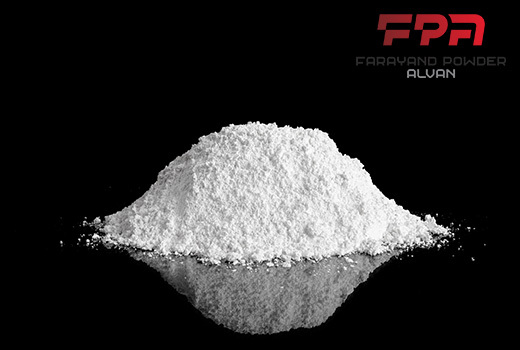What Is Coated Calcium Carbonate? Any business using calcium carbonate compounds must have asked themselves this question. Calcium carbonate coating has versatile applications in pharmaceuticals, food production, plastics, and construction industries In this article, we will explore the various uses of coated calcium carbonate, its manufacturing process, and its applications in different industries.
Coated calcium carbonate specification
To know exactly what is coated calcium carbonate, we need to get acquainted with its features and discuss them. In this section, we will outline the coated calcium carbonate specification
Chemical Composition
For its intended applications, calcium carbonate (CaCO3) must have a minimum purity level of 98% to reduce impurities.
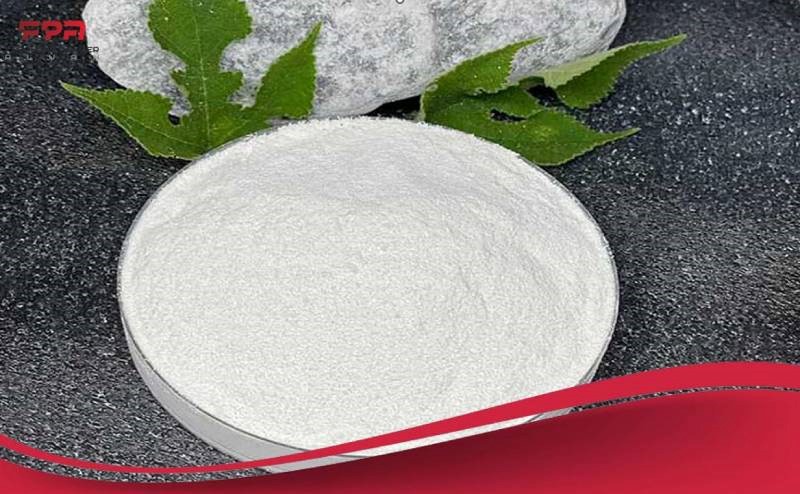
Particle Size Distribution
The particle size of coated calcium carbonate is a critical specification. It is typically controlled to meet specific requirements, with a typical median particle size falling within 1 to 10 micrometers. Different industries may demand different particle size distributions to optimize properties such as opacity, rheology, or surface finish in their products.
Surface Coating
Depending on its purpose, the calcium carbonate coating plays a crucial role that can differ. Coatings like stearic acid, oleic acid or other organic materials can enhance dispersion, minimize agglomeration, and improve calcium carbonate compatibility with other materials.
Brightness and Whiteness
Another coated calcium carbonate specification is Brightness and Whiteness. In various applications, calcium carbonate is often used as a white pigment, so its brightness and whiteness are essential specifications. The brightness typically exceeds 95% on the ISO brightness scale, ensuring its effectiveness as a pigment.

Bulk Density
The bulk density of coated calcium carbonate can vary based on the specific formulation and coating used. Typical values range from 0.6 to 1.2 g/cm³, depending on the manufacturer's product design.
Oil Absorption
The oil absorption capacity is an essential specification for applications in paints and coatings. It indicates the amount of oil or resin a calcium carbonate can absorb. It is typically expressed in grams of oil per 100 grams of calcium carbonate.
Chemical Properties
Coated calcium carbonate should exhibit high chemical stability and be inert to most chemicals in its intended applications. It should also have a low moisture content to prevent clumping and improve flowability.
What Is Coated Calcium Carbonate Used for?
coated calcium carbonate uses is another important information that should be known about this product. Coated calcium carbonate is significant in daily life and various industries due to its unique properties. uses of calcium carbonate in daily life found in toothpaste formulations.
This substance is usually used in toothpaste. Coated calcium carbonate has abrasive properties. For this reason, it removes plaque and all kinds of stains from the teeth. However, it does not harm the gums and tooth enamel. This product can also be found in creams, lotions, and cosmetic powders. Coated calcium carbonate improves texture and increases transparency in cosmetic products.
Calcium carbonate can also be seen in industry. The uses of calcium carbonate in industry are very wide. For example, it can be seen as one of the essential raw materials in PVC pipe factories. Of course, this material is also used to make paper. The use of coated calcium carbonate is not harmful to the human body. For this reason, it can also be seen in the formulation of some pills in the pharmaceutical industry.

The Differences Between Coated and Uncoated Calcium Carbonate
Coated and uncoated calcium carbonate are two distinct forms of this versatile mineral compound, each possessing unique properties and applications. In addition to knowing what is coated calcium carbonate powder, we should also know about the difference between this product and calcium carbonate.
Uncoated calcium carbonate is a pure, natural compound primarily used in industries like construction, where it serves as a filler or extender in products such as paints, plastics, and concrete.
It is valued for its cost-effectiveness and high purity but may have limitations regarding its compatibility with specific chemical processes or its ability to disperse evenly in some applications.
Coated calcium carbonate is more durable than regular calcium carbonate because of the layer on its surface, making it a popular choice in the industrial sector. However, it's essential to remember that the cost of coated calcium carbonate may be higher due to using additional materials for the coating process.
Advantages of coated calcium carbonate
Coated calcium carbonate also has many benefits that we should know about them.
- Improved Whiteness and Opacity
The coated calcium carbonate surface is highly transparent and ideal for whiteness-dependent products such as paint.
- Better Rheological Properties
Calcium carbonate coated particles can enhance formulations' flow characteristics and stability, making them helpful in producing paints, adhesives, and sealants.
- Increased UV Resistance
Coatings of calcium carbonate can provide UV resistance, vital in applications like plastics and rubber products to prevent degradation and color fading caused by exposure to sunlight.
- Cost-Effective Filler
Calcium carbonate with the coating is a cost-effective option for replacing pricier materials in different uses, delivering cost savings while sustaining performance.
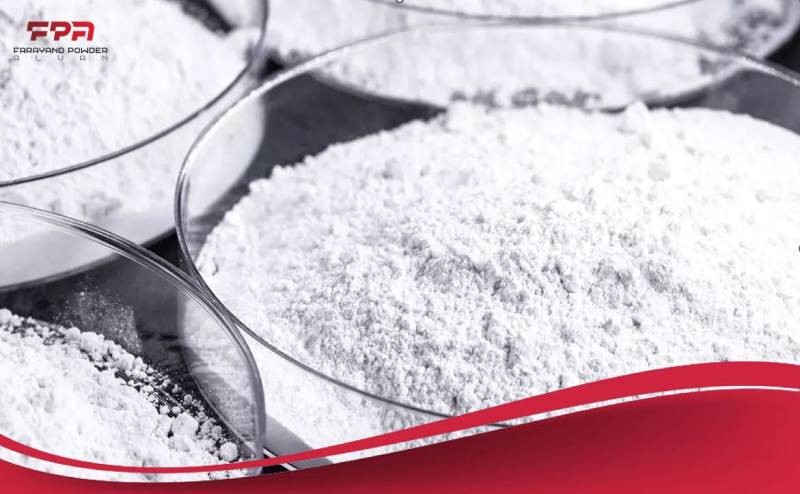
Why do we need coated Calcium carbonate?
Earlier in the text, we observed What Is Coated Calcium Carbonate Used for. But this material has other uses as well.
Coated calcium carbonate is used for various purposes across several industries due to its unique properties and applications. One of the primary reasons for coating calcium carbonate is to improve its performance as a filler and pigment in various products. The coating helps enhance the dispersion of calcium carbonate particles in a matrix, such as in manufacturing paints, plastics, and paper.
This improved dispersion improves the final product's opacity, brightness, and smoothness. The coating also prevents the particles from agglomerating, ensuring consistent quality and performance. In industries like pharmaceuticals and food, coated calcium carbonate can be used as an active ingredient for antacids or as a dietary supplement due to its controlled dissolution and bioavailability.
Another critical reason for using coated calcium carbonate is to tailor its surface properties for specific applications. Depending on the desired outcome, different coatings can be applied to calcium carbonate to make it hydrophobic (water-repellent) or hydrophilic (water-attracting).
For instance, in the paper industry, a hydrophobic coating can help improve printability and ink adhesion. In contrast, a hydrophilic coating may be preferred in specific pharmaceutical formulations for better drug release. Coatings can also provide additional functionalities, such as UV resistance or anti-blocking properties, making coated calcium carbonate versatile and valuable in various industries.
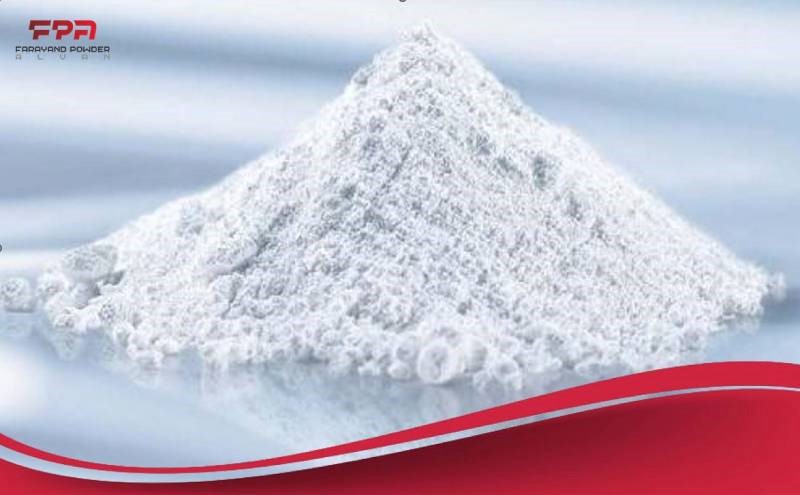
Calcium carbonate coating process
The calcium carbonate coating process includes steps that must be done carefully.
Tiny calcium carbonate particles are finely ground and mixed with a liquid like water or a solvent. Afterward, a coating material, such as a surfactant or polymer, is added to the mixture. The coating material sticks to the surface of the calcium carbonate particles, changing their physical and chemical properties.
There are two main methods of coating: wet and dry. Wet coating involves mixing particles with a liquid coating material, followed by drying or further processing to remove the liquid. Dry coating involves applying the coating material in powder form to calcium carbonate particles and then mixing or mechanically agitating to achieve uniform coverage.
Adding coated calcium carbonate particles as an additive can bring many benefits, such as improved dispersibility, enhanced compatibility with other materials, and increased moisture resistance. This makes them highly valuable for a variety of products. Coating calcium carbonate is a critical process that allows for tailoring its properties to meet the specific requirements of different industries.
How to buy the best calcium carbonate coating?
Here are some steps to buy the best calcium carbonate coating:
Determine the purpose: Determine the purpose of the calcium carbonate coating. Calcium carbonate is used in a variety of applications, including paint and coatings, food and pharmaceuticals, and as a dietary supplement.
- Research online: Look for calcium carbonate coatings online. Use search engines and online marketplaces to find a list of products.
- Check the product details: Check the product details of the calcium carbonate coatings you found online. Look for information on the quality of the product, the type of calcium carbonate used, and any certifications the product has.
- Read reviews: Look for reviews of the calcium carbonate coatings you found online. Check websites like Amazon and Walmart for customer reviews. Look for positive reviews that mention the quality of the product and customer service.
- Compare prices: Compare the prices of calcium carbonate coatings offered by different manufacturers. Keep in mind that the cheapest option may not always be the best quality.
- Contact the manufacturer: If you have any questions or concerns, contact the manufacturer directly. Ask about the quality of their product, the type of calcium carbonate used, and any certifications they have.
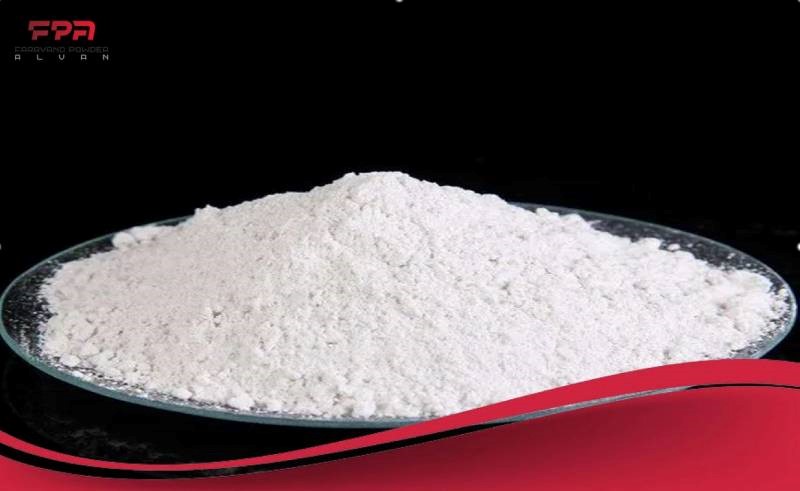
Uses of coated calcium carbonate in daily life
After knowing what is coated calcium carbonate powder and familiarizing ourselves with this product, it is better to check what areas of coated calcium carbonate uses in daily life. Therefore, in this part, we mention Uses of coated calcium carbonate in daily life.
Paper Production: Elevating Print Quality and Texture
One of the primary uses of coated calcium carbonate is in producing paper. Acting as a vital filler material improves opacity, brightness, and smoothness, contributing to high-quality paper used in newspapers, magazines, and packaging materials.
Construction Industry: Boosting Paint Durability and Coverage
Coated calcium carbonate plays a crucial role in the construction sector, particularly in paints and coatings. It serves as a functional extender for pigments, enhancing durability and coverage while providing a hydrophobic barrier. This makes it a key ingredient in long-lasting coatings for various structures.
Nutritional Fortification: Aiding Food and Pharmaceuticals
In the food and pharmaceutical industries, coated calcium carbonate serves as a safe and effective calcium supplement. Its bioavailability, lack of undesirable flavors, and controlled release properties make it ideal for fortifying cereals, beverages, and pharmaceutical tablets, contributing to improved nutritional content.
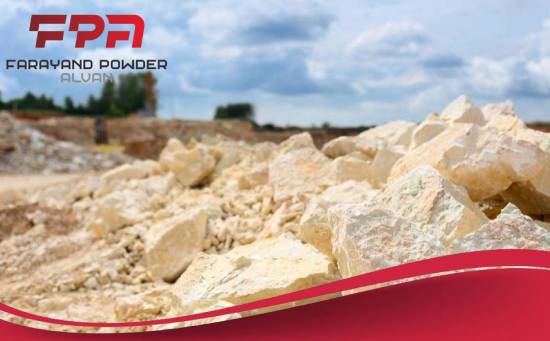
Pharmaceutical Formulations: Ensuring Tablet Integrity
Within the pharmaceutical sector, coated calcium carbonate acts as an excipient in tablet and capsule formulations. Its inert nature and compressibility make it an excellent choice for binding and disintegrating agents, enhancing tablet formation and stability.
Agriculture: Improving Soil Conditions for Enhanced Crop Yields
Agriculture benefits from coated calcium carbonate as a soil conditioner. Its alkaline nature neutralizes acidic soils, promoting a favorable environment for plant growth. The slow-release mechanism of the coating ensures a sustained supply of calcium to plants, enhancing crop yields and produce quality.
Plastics and Rubber Manufacturing: Reinforcing Mechanical Properties
Coated calcium carbonate is a key ingredient in plastics and rubber manufacturing. Its incorporation enhances mechanical properties like tensile strength and impact resistance. The coating facilitates better dispersion within the polymer matrix, contributing to the stability and performance of plastic and rubber products.
conclusion
Coated Calcium Carbonate is one of the types of calcium carbonate that is coated with special chemicals. Like calcium carbonate, this material has many uses in industry and daily life. To choose and buy the best product, you should know what is coated calcium carbonate and how to produce it.
With over 30 years of experience in producing various industrial micronized powders and an experienced team with extensive knowledge of pigments, Farayand Powder Alvan Co. has been a reputable supplier in various industries and is honored to provide technical consultation to customers for the best and most economical solutions.

